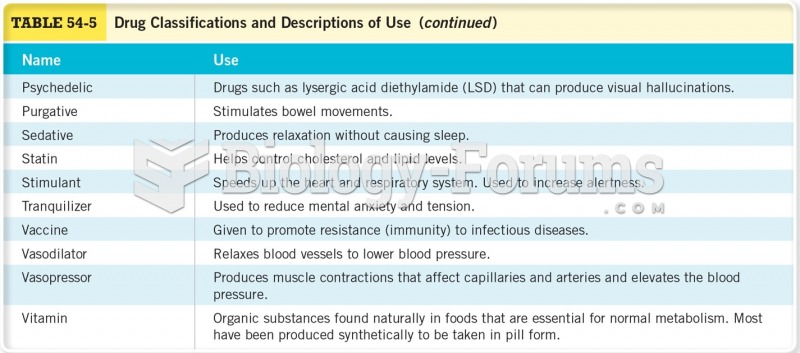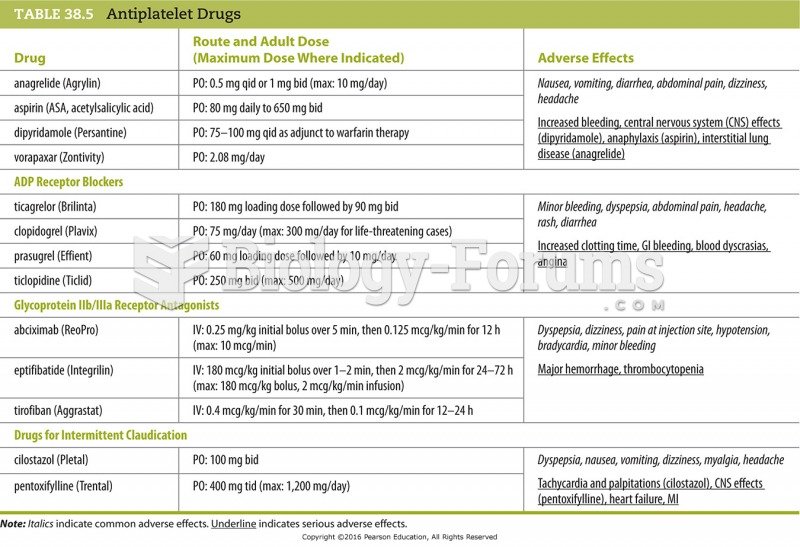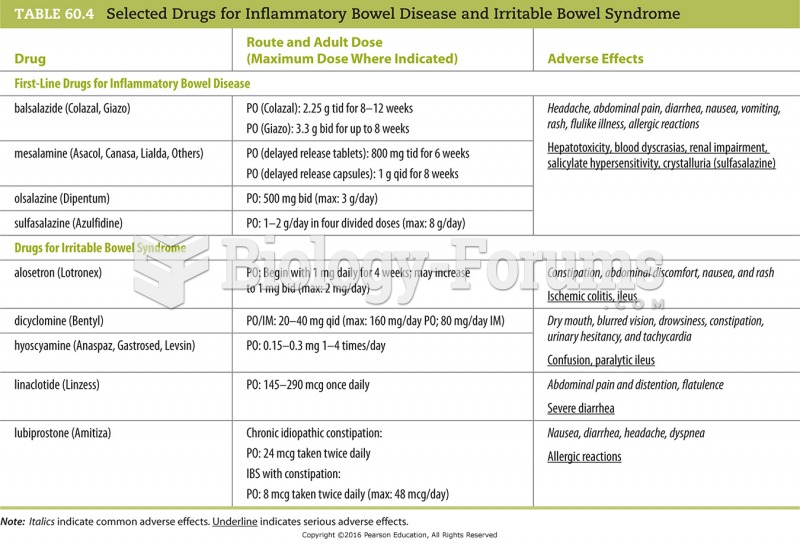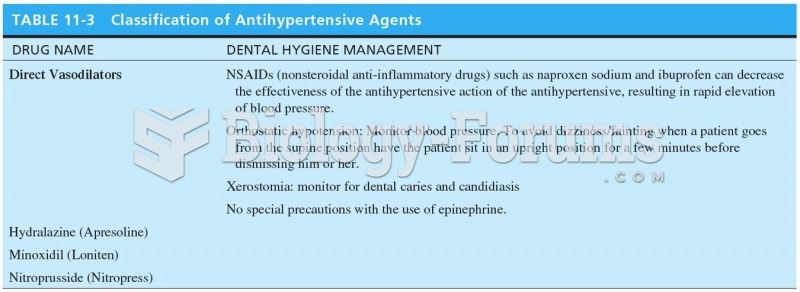Answer to Question 1
Correct Answer: 4
Rationale 1: Receptor sites are stimulated and inhibited.
Rationale 2: The contrast is between muscarinic agonists and muscarinic antagonists.
Rationale 3: The two groups of drugs that are compared and contrasted are adrenergic agonists and adrenergic antagonists.
Rationale 4: The primary method for studying the classification of autonomic drugs is knowing that drugs either stimulate or inhibit the sympathetic or parasympathetic nervous system.
Global Rationale: The primary method for studying the classification of autonomic drugs is knowing that drugs either stimulate or inhibit the sympathetic or parasympathetic nervous system. Receptor sites are stimulated and inhibited. The contrast is between muscarinic agonists and muscarinic antagonists. The two groups of drugs that are compared and contrasted are adrenergic agonists and adrenergic antagonists.
Answer to Question 2
Correct Answer: 4
Rationale 1: Mastering the terminology of autonomic drugs is a helpful strategy, but not as comprehensive as the correct answer.
Rationale 2: Studying the adrenergic agonists is a helpful strategy, but not as comprehensive as the correct answer.
Rationale 3: Memorizing the parasympatholytic or muscarinic antagonist response is a helpful strategy, but not as comprehensive as the correct answer.
Rationale 4: The first group of drugs will provide logical extensions for the remaining three groups.
Global Rationale: Comparing the drugs to the same or opposite effect of the fight-or-flight response will provide logical extensions for the remaining three groups. Mastering the terminology of autonomic drugs and studying the adrenergic agonists are helpful strategies, but not as comprehensive as the correct answer. Memorizing the parasympatholytic or muscarinic antagonist response is a helpful strategy, but not as comprehensive as the correct answer.







